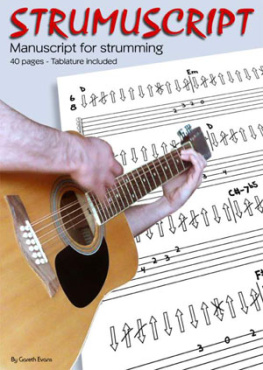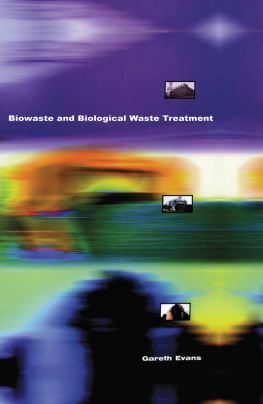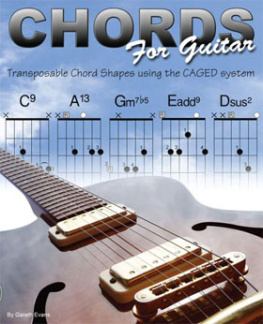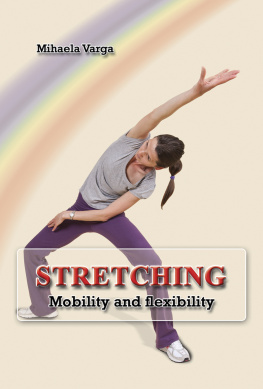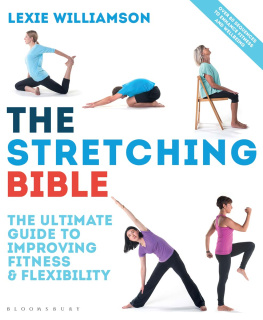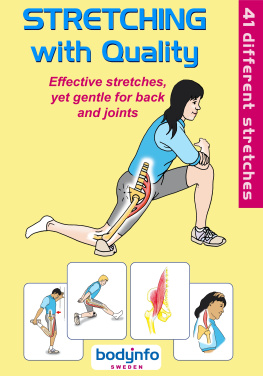Gareth Evans - Stretching Exercises for Guitarists
Here you can read online Gareth Evans - Stretching Exercises for Guitarists full text of the book (entire story) in english for free. Download pdf and epub, get meaning, cover and reviews about this ebook. year: 2013, publisher: Intuition Publications, genre: Home and family. Description of the work, (preface) as well as reviews are available. Best literature library LitArk.com created for fans of good reading and offers a wide selection of genres:
Romance novel
Science fiction
Adventure
Detective
Science
History
Home and family
Prose
Art
Politics
Computer
Non-fiction
Religion
Business
Children
Humor
Choose a favorite category and find really read worthwhile books. Enjoy immersion in the world of imagination, feel the emotions of the characters or learn something new for yourself, make an fascinating discovery.
- Book:Stretching Exercises for Guitarists
- Author:
- Publisher:Intuition Publications
- Genre:
- Year:2013
- Rating:4 / 5
- Favourites:Add to favourites
- Your mark:
Stretching Exercises for Guitarists: summary, description and annotation
We offer to read an annotation, description, summary or preface (depends on what the author of the book "Stretching Exercises for Guitarists" wrote himself). If you haven't found the necessary information about the book — write in the comments, we will try to find it.
Highly recommended to any musician who would like to improve and enrich his warm-up routine.Lorenzo Micheli, Concert Classical Guitarist (Italy)
This is a book that every guitarist should have, a great tool that will help keep you playing.Victor DAblaing, MFA in Classical Guitar performance (Georgia US)
Stretching Exercises for Guitarists is a compact guide that can be used as part of a healthy and productive practise regime suited for guitarists and other musicians alike.
- Stretching
Like the importance of stretching for sport, stretching for musicians is important, yet an often overlooked aspect of many a practise regime. Whether you are a beginner finding it hard to stretch their fretting fingers to get a clear open G or C chord, or a more experienced player wanting fluent movement when playing at speed, stretching exercises encourage lengthening of your muscles and their associated tendons thereby improving your mobility and range of movement. Stretching opposes the shortening and tightening of muscles that can occur immediately after use and contributes to injury avoidance.
- Diagrams and More
All 30 exercises are demonstrated with over 40 professionally hand-drawn illustrations, starting from the top at the neck and shoulders, working down to the back, forearms, wrists, fingers and thumbs. Some stretches are graded from easier versions to the more difficult so you can choose which suits your level. Stretching Exercises for Guitarists also includes exercises for nerve mobility and has tips for posture and practise.
Grab a copy today!
I like the simple instructions and clear drawings which rule out any potential misinterpretations. If you have been lazy about warming up for playing or practicing, trying a couple of exercises from this book will help you remember and experience how beneficial this part of your practice routine is.Ingo Stahl - Singer, Guitarist and Songwriter (Denmark)
I find the book very thorough yet concise. As a Classical guitarist I would have liked to see some mention of the use of a footstool. Other than that the book is excellent.Alan Grundy, MA in Performance and Musicology, F.T.C.L. - L.R.S.M. Hon. V.C.M. (The Dublin School of Guitar)
The book is well written with clear and concise diagrams and covers the key areas of the body that can benefit from stretches. The exercises are backed up by a medical professional too which is great to see.Mark Angel, Specialist Guitar Tutor, Manawatu Musician Makers (New Zealand).
Gareth Evans: author's other books
Who wrote Stretching Exercises for Guitarists? Find out the surname, the name of the author of the book and a list of all author's works by series.

